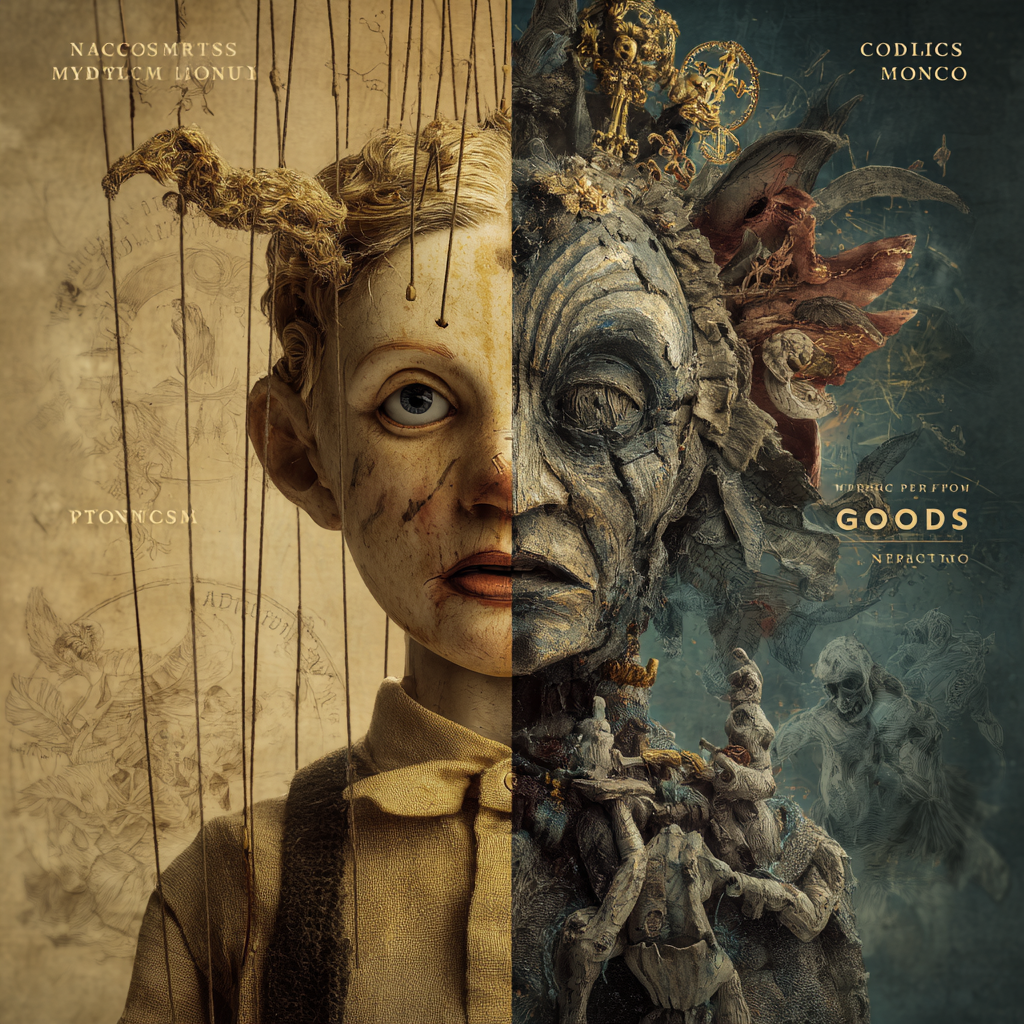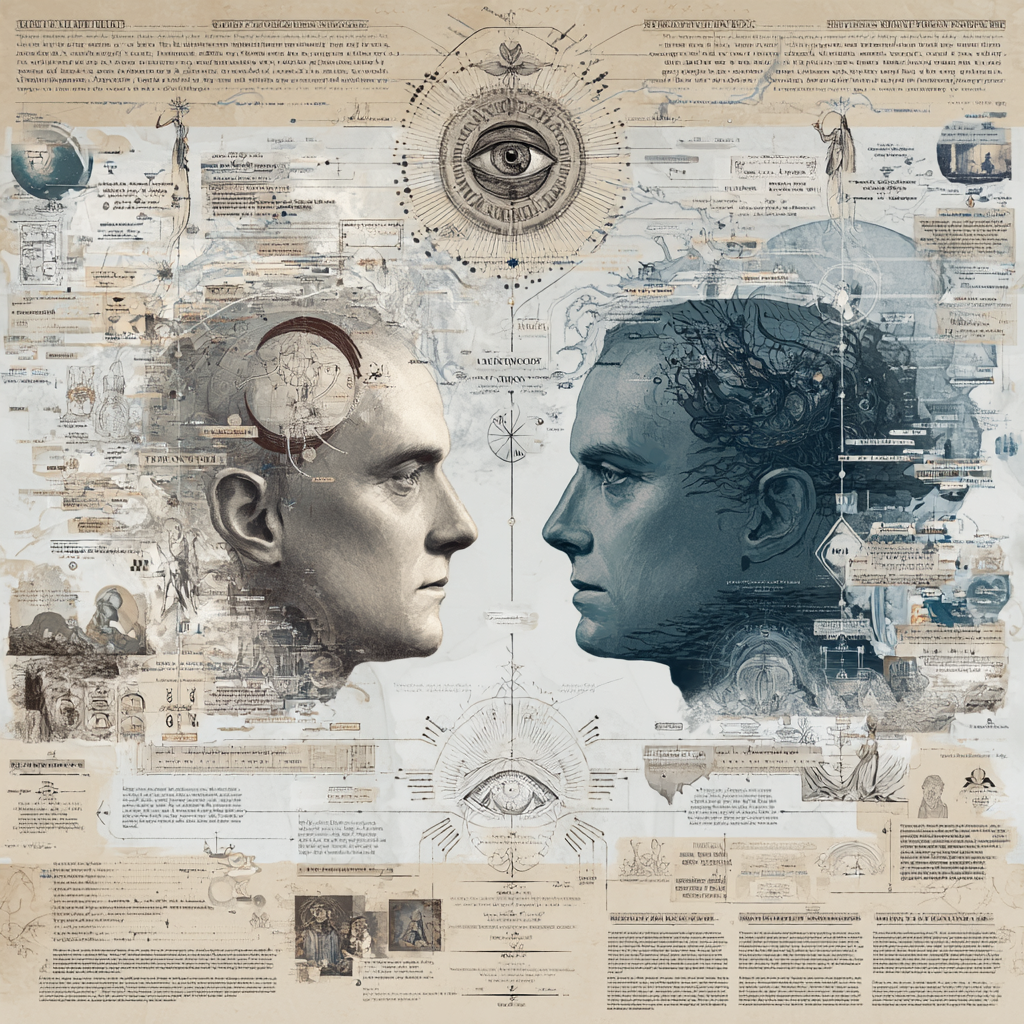Understanding Narcissism: Jungian vs. Freudian Perspectives
Introduction
Hello, this is Blake Anderson, a Registered Social Worker and therapist in Toronto, Ontario, with over 13 years of social work experience and five years in therapy. This advanced blog post supplements my YouTube video on narcissism through two lenses: Carl Jung's depth psychology, emphasizing shadow possession and archetypal influences on the ego, and Sam Vaknin's Freudian and object relations perspective. I contrast these frameworks to clarify narcissistic personality disorder (NPD), their similarities, and the perceived demonic or dark triad aspects.
For those searching "NPD Jung vs Vaknin," "shadow possession narcissism," "false self trauma NPD," or "narcissistic rage demonic," these insights aid narcissistic abuse recovery and relational discernment.
Which lens—Jung's archetypal or Vaknin's clinical—best explains your NPD experiences? Share in the comments.
Carl Jung's Depth Psychology: Archetypes and Shadow Possession
Carl Jung, initially under Freud, developed depth psychology focused on the subconscious and collective unconscious. He linked archetypes—patterns from evolutionary myths and dreams—to human behavior. Without healthy individuation, archetypes or the shadow can possess the ego, making the person a puppet of subconscious forces.
The shadow encompasses repressed traits we dislike. We suppress them for ego functioning but recognize them via feedback, hypocrisy, or strong reactions (e.g., jealousy). In narcissism, over-identification with the ego or shadow creates inflation, akin to myths like Narcissus or a God complex (influenced by Nietzsche). This stems from arrested development, tying to archaic patterns lacking full individuation.
Sam Vaknin's Clinical Freudian View: False Self as Defense
Sam Vaknin offers a concise, secular, empirical interpretation of NPD as a personality flaw. Rooted in Freudian and object relations theory, he attributes it to nature and nurture—childhood spoiling or neglect activating defenses. The child forms a false self to shield vulnerability, sacrificing the true self. As adults, they over-identify with this ideal persona, demanding others worship it as a deity, introducing "death" to relationships.
Vaknin is skeptical of Jung's mystical elements, favoring rational, science-based analysis, though he acknowledges mythic parallels (e.g., devil as chameleon).
Narcissistic Injury, Rage, and Demonic Elements
Challenging the narcissist's godlike image triggers injury, leading to rage. The false self (Vaknin) or archetype (Jung) defends aggressively—eyes appear "possessed," revealing a wounded core. Vaknin sees morphing persona; Jung, demonic shadow takeover. In full NPD, reality testing falters, amplifying dark triad traits (lack of empathy, superiority).
Clinically, frame as disorder; experientially, evil or possession may resonate spiritually when goodness assumptions shatter.
Similarities and Practical Insights
Both view narcissism as overinflation from developmental failure—Jung via unindividuated archetypes, Vaknin via trauma-induced false self. Rage defends the inflated construct. For recovery: Journal reactions to uncover personal shadows or false self projections in NPD interactions.
Conclusion
Jung's archetypal possession and Vaknin's false self illuminate NPD's core, rage, and dark aspects. Recognizing these supports boundaries and healing in narcissistic abuse.
Thank you—have a great day.
What NPD "possessed" moment stands out? Comment for community support.
Download the free Scapegoat & Narcissistic Abuse Recovery Course NPD tools and toolkit. Learn more.



